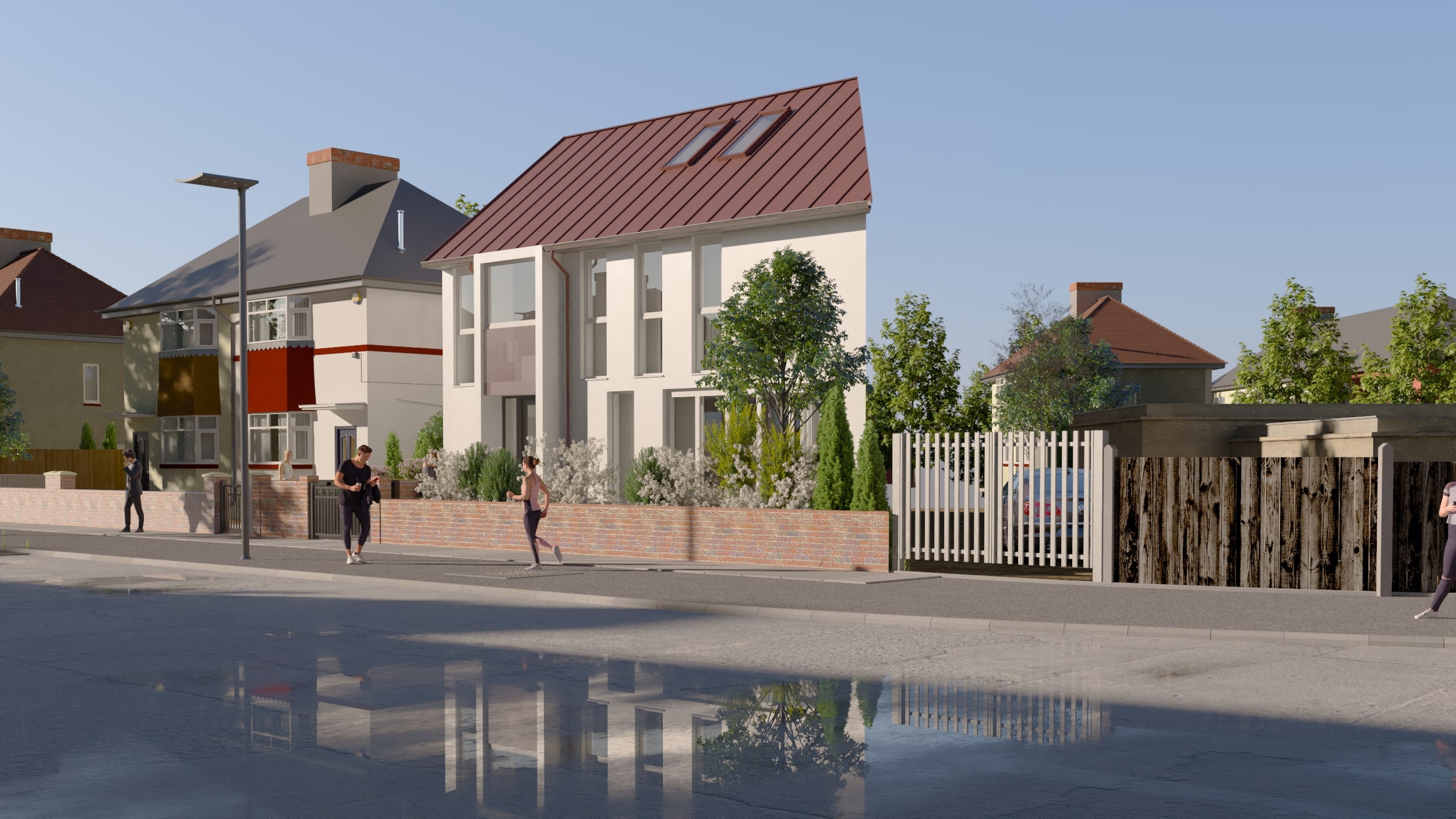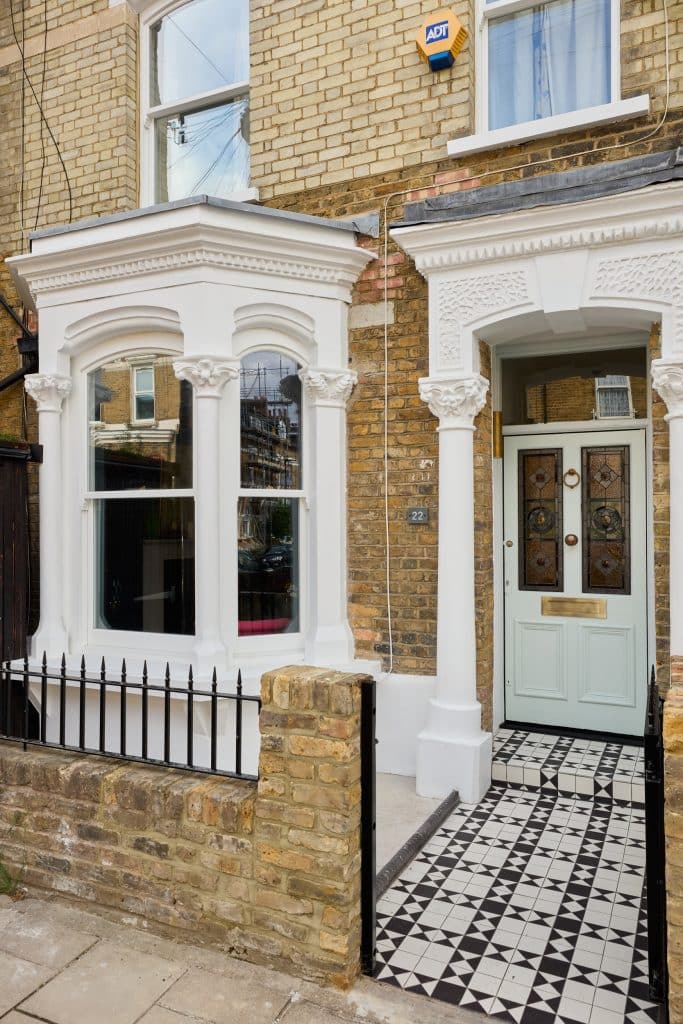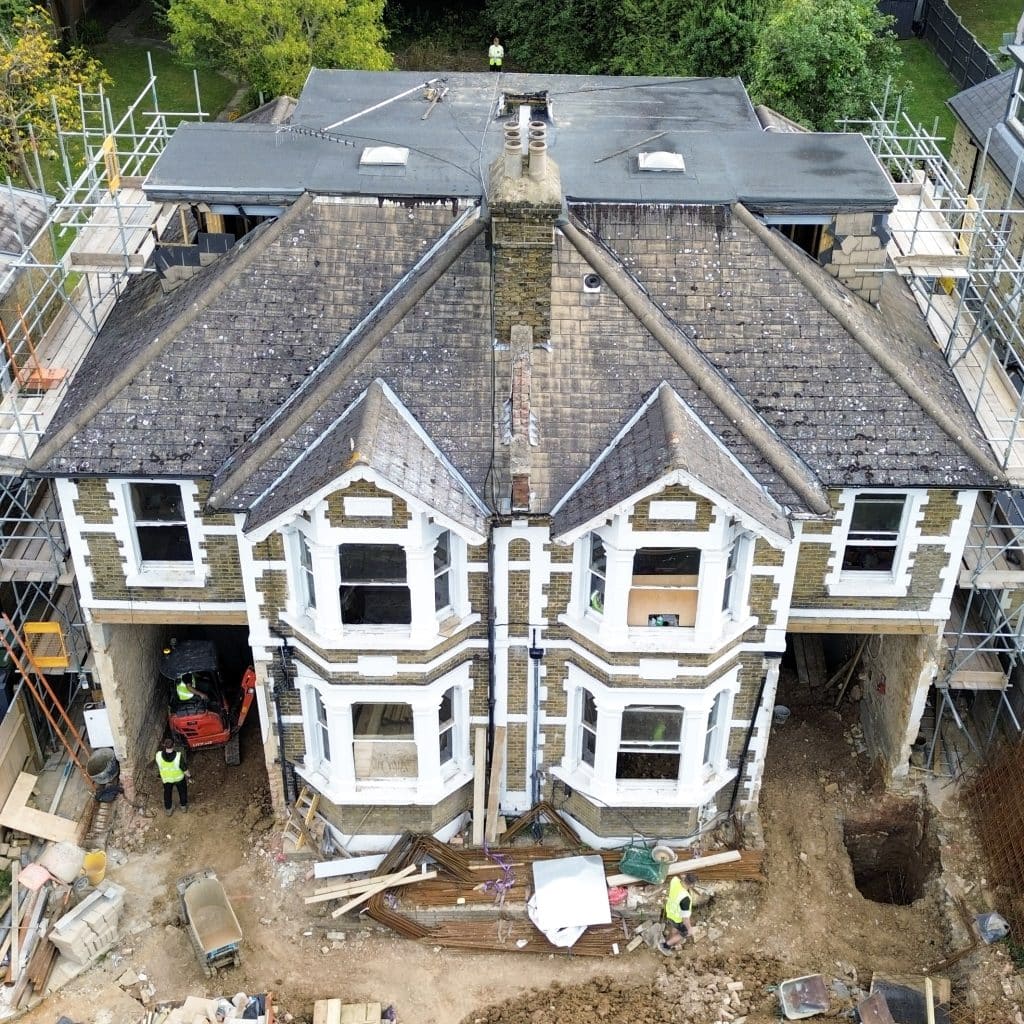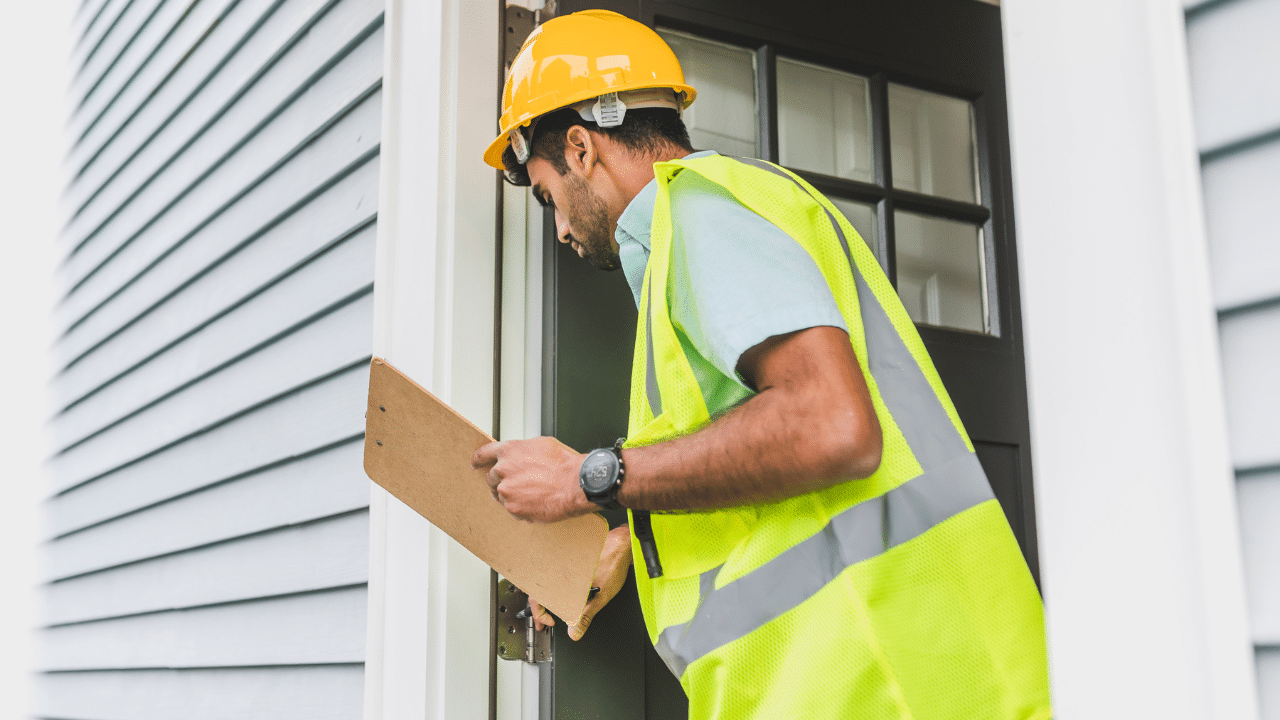
How to Get Started with Planning Permission in the UK
Planning Permission in the UK: A Simple Guide
Undertaking a property development project, whether it’s building an extension, converting a loft, or installing a garden office, often requires obtaining planning permission from your local authority. Understanding when and how to apply for this permission is an essential first step in ensuring compliance and avoiding costly delays.
This guide provides a structured overview of the planning permission process in the UK, including when it is required, how to apply, and how to minimise common errors during your application.
What Is Planning Permission?
Planning permission is formal consent granted by a Local Planning Authority (LPA) that allows you to undertake certain types of building or renovation work. It ensures developments are consistent with national and local planning policies and do not negatively impact the surrounding area, environment, or neighbouring properties.
Planning permission is typically required if you are:
- Constructing a new building or structure (e.g., an extension or annex)
- Changing the use of an existing building (e.g., converting a residence into a commercial space)
- Undertaking major alterations to a structure (e.g., adding a floor or significant exterior changes)
Some projects may not require formal permission if they fall under Permitted Development Rights (PDRs), a category of building works pre-approved by national legislation. These are discussed further below.
Check If You Actually Need Planning Permission
Before proceeding with any construction, it is advisable to determine whether planning permission is necessary. Not all modifications require approval, especially those considered minor or within permitted development guidelines.
Initial assessment checklist:
- Are you constructing a new structure or significantly enlarging an existing one?
- Will you be changing the building’s use or function?
- Is the property located in a conservation area, near a listed building, or on designated land?
- Will the development impact neighbouring boundaries or views?
If the answer is “yes” to any of these questions, planning permission is likely to be required.
How to verify requirements:
- Visit the Planning Portal
- Review guidance on your local council’s website
- Contact your Local Planning Authority directly for confirmation
Proactively confirming whether permission is required can prevent enforcement action or the need to reverse unapproved work.
Read Also: Do I Need Planning Permission?
Understand Your Local Planning Authority (LPA)
Each local council in the UK operates its own Local Planning Authority. These bodies are responsible for assessing planning applications and determining whether proposals comply with both national and local development frameworks.
Key responsibilities of your LPA:
- Interpreting and applying planning policies within their jurisdiction
- Assessing the impact of proposed developments on the community, infrastructure, and environment
- Applying additional scrutiny for proposals in sensitive areas, such as conservation zones or near listed buildings.
To identify your LPA, use the Planning Portal’s postcode lookup tool. Most LPAs also offer pre-application advice, which can help identify any potential issues before a formal submission. While optional, this service is highly recommended for complex or non-standard developments.
Preparing Your Planning Permission Application
Once you confirm that permission is required, the next step is to prepare and submit your application. This process requires careful attention to detail and thorough documentation.
Typical submission materials include:
- A completed application form (available online)
- Scaled architectural drawings (including floor plans, elevations, and site layout)
- A location plan indicating the property’s position
- A design and access statement (where applicable)
- The appropriate application fee (typically £200–£500 for residential applications)
While it is possible to prepare and submit the application independently, many applicants engage professionals such as architects, planning consultants, or builders to manage the process. Their expertise can improve the likelihood of approval and reduce delays.
Common mistakes to avoid:
- Submitting incomplete or inaccurate plans
- Disregarding local design policies or constraints
- Omitting required documentation or application fees
- Failing to demonstrate the proposal’s impact on neighbours or local character
A well-prepared and compliant application significantly increases the chances of receiving approval on the first attempt.
Submitting Your Application
Applications can be submitted online via the Planning Portal, which routes submissions directly to the relevant Local Planning Authority. This method is secure, trackable, and widely used. Some councils also accept applications by post or via their own digital systems.
Post-submission process:
- The LPA will confirm receipt and validate the application
- A public consultation period will follow, during which neighbours and stakeholders may comment
- The application will be reviewed by planning officers, who will assess its impact on aspects such as traffic, drainage, and design compatibility
Typical timescales:
- Most residential planning applications are determined within 8 weeks
- Larger or more complex proposals may take up to 13 weeks
Applicants may be contacted during this period for clarification or amendments. Prompt and clear responses can help keep the application on track.
What Happens After You Get Permission?
Approval is usually granted with conditions, which must be carefully reviewed and followed. These may specify materials to be used, design modifications, or further approvals needed before work begins.
Key post-approval steps:
- Review all conditions in the decision notice
- Submit any required evidence to discharge conditions before starting construction
- Ensure the build adheres strictly to the approved plans
- Begin the project within three years of approval, or reapply
In case of refusal:
- Consider revising the application based on the reasons provided and resubmitting
- Alternatively, you may lodge an appeal, although this can be time-consuming
Unapproved construction risks enforcement action, including mandatory demolition, so compliance is essential.
Explore Also: What happens after Planning Approval?

Common Mistakes to Avoid
Several recurring issues can lead to delays or legal complications during the planning process. Being aware of these can help ensure a smoother experience.
Frequent mistakes include:
- Commencing work without approval – Always wait for formal written permission.
- Inadequate documentation – Ensure all plans and forms are complete and professionally prepared.
- Lack of neighbour engagement – While not legally required, informing neighbours can reduce the risk of objections.
- Overlooking local planning policies – Align your proposal with the council’s development strategy.
- Assuming Permitted Development applies – Especially in protected areas, development rights may be restricted.

Final Tips for a Smooth Planning Permission Process
To support a successful planning application, consider the following best practices:
- Start early: Research the requirements well in advance of beginning your project.
- Engage professionals: Their experience can help you navigate technical aspects and avoid missteps.
- Maintain transparency: Communicating with neighbours and the LPA fosters goodwill and cooperation.
Remain flexible: Be open to modifying plans if requested by the council.
Conclusion
Securing planning permission is a critical step in the development process. While it can initially appear complex, a methodical and informed approach significantly reduces risks. By understanding the rules, engaging with the appropriate authorities, and preparing a robust application, you can position your project for success from the outset.
For further guidance, consult your Local Planning Authority or seek professional planning advice tailored to your specific development goals. If you’re planning a home extension, renovation or new build, our team at Aura Homes can help you navigate the planning process with confidence. Get in touch with us today to discuss your project.
Need help starting your Home Improvement works?
Fill out our contact form and we'll get in touch.
click here

